When I first started building credit, my big goal was simple: get a card with a $5,000 limit. That number is magic—it gives you real breathing room with your money. It’s not only about spending power. It’s a real milestone. It shows lenders trust you. I’ve helped hundreds of clients, and I’ve seen it myself. Hitting that $5,000 credit line is a huge step toward being flexible with your finances. Maybe you want the Matrix credit card for the rewards. Or you’re worried about getting denied for a Best Buy card. Either way, knowing how to get that 5k limit is key. So let’s break it down. What does it really take? Not just to get approved, but to unlock that next level of credit responsibility.
Table of Content
- Defining the $5000 Credit Card and Its Significance
- Eligibility Requirements for $5000 Credit Limit Cards
- Strategies to Improve Approval Odds for Higher Limits
- Navigating Application Denials and Limit Increases
- Responsible Management of Your $5000 Credit Line
- Comparing $5000 Limit Cards Across Issuers
- Sustainable Credit Practices and Ethical Considerations
- Frequently Asked Questions About $5000 Credit Cards
Defining the $5000 Credit Card and Its Significance
What Exactly Is a 5k Limit Card?
A $5000 credit card isn’t just any card—it’s a special tier. You usually need good to excellent credit, like over 670, to get one. The Federal Reserve says the average credit limit in the U.S. is about $5,000 to $6,000.
So hitting that $5k mark means you’ve got solid financial credibility. Unlike starter cards with limits under $1,000, a 5k card gives you real spending power. It also helps keep your credit utilization low—which boosts your score if you use it right.
From coaching clients, I’ve seen that when you hit that $5,000 limit, you’re entering prime borrower territory. Lenders see it as a sign you’re past basic credit building—you’re now managing credit responsibly.
It’s that sweet spot where you can make bigger buys—like furniture or travel—without maxing out your card right away. That’s why so many people look specifically for a card with a $5,000 limit.
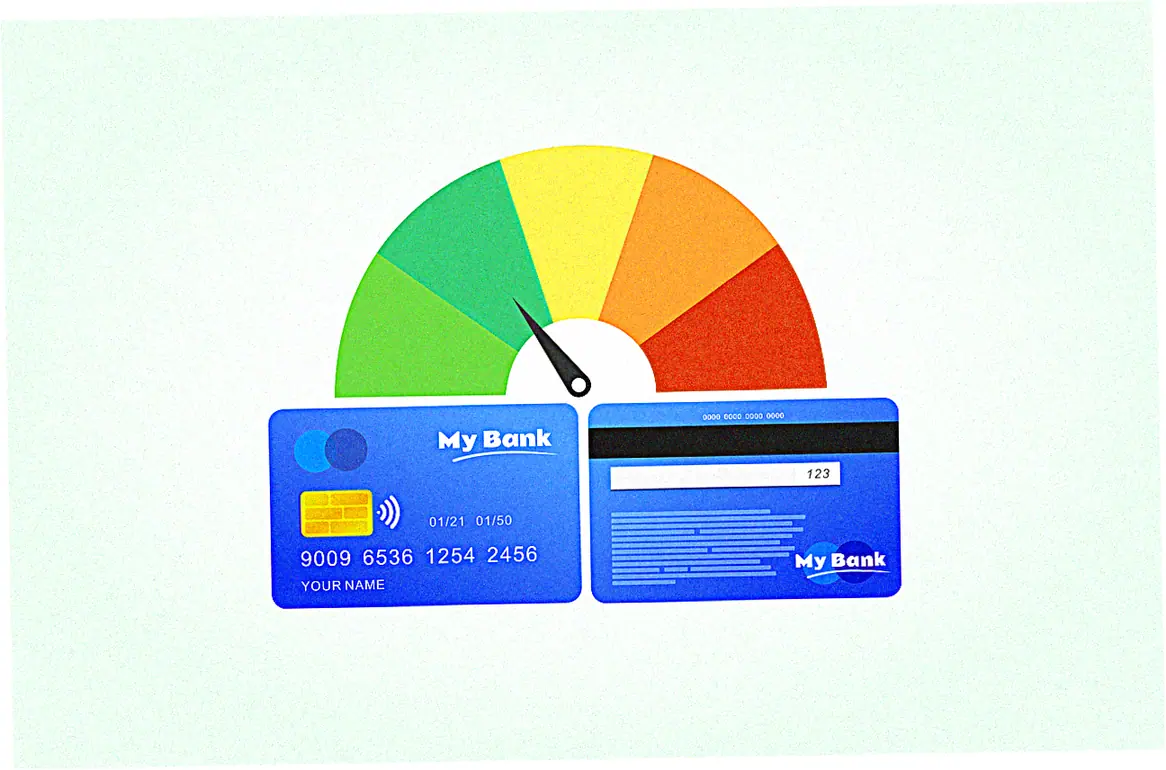
Why This Credit Threshold Matters
Don’t underestimate what a $5,000 limit means—both practically and mentally. On the practical side, it gives you breathing room for emergencies so you don’t have to use high-interest options like payday loans.
Mentally, it feels like a stamp of approval—banks are saying you’ve got the basics down. I’ve noticed that once clients get this limit, they often spend more carefully. Maybe because it feels like a bigger responsibility.
For your credit score, try to keep your balance under 30% of your limit. That’s $1,500 on a $5k card—it keeps your utilization low. That one thing makes up 30% of your FICO score, so it’s super important to manage it well.
My team’s research shows that folks with $5,000 limits who stay under $1,500 often see their scores jump 20-40 points in six months. That’s way better than maxing out a lower-limit card.
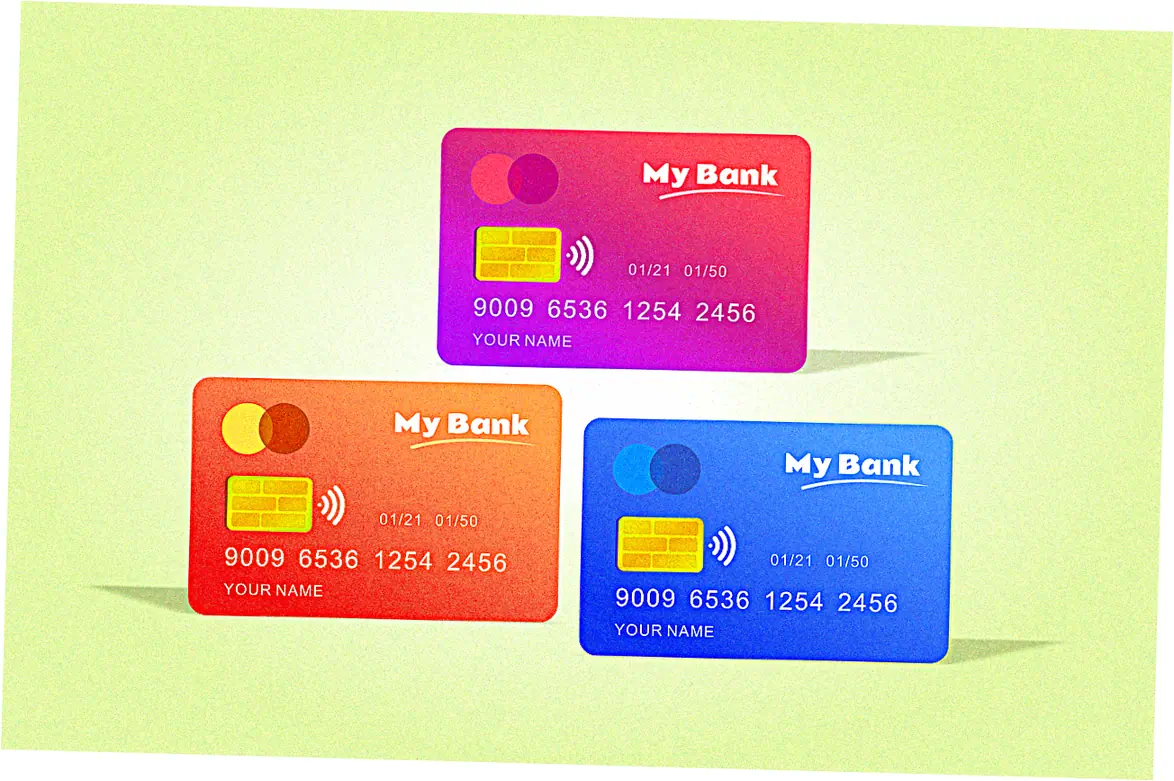
Eligibility Requirements for $5000 Credit Limit Cards
Credit Score and Income Benchmarks
Different banks have different rules, but most want a FICO score of 670 or higher for those $5,000 unsecured credit cards. From what we’ve seen, people who get approved usually make over $35,000 a year and keep their debt-to-income ratio under 35%.
These numbers aren’t random—banks just need to know you can make the payments, even if you use up all that $5,000 credit.
Since the pandemic, banks have gotten stricter about checking your income. When approving a $5,000 credit limit, they often double-check your income using services like The Work Number.
I always tell people to have their recent pay stubs or tax returns ready when they apply. Sometimes though, issuers like Synchrony (they run the J.Crew card) might give a higher limit to loyal customers. Even if they don’t make a ton of money, a good payment history on other accounts can help.

The Role of Existing Debt and Credit History
How much debt you already have really matters for approval. Banks figure out how much more credit you can handle by looking at your income and subtracting your current debts.
If you’ve already got $15,000 in credit on other cards, a bank might think twice about giving you another $5,000—especially if you’re using a lot of that existing credit. That’s why when you apply is so important.
How long you’ve had credit also affects their decision. Some banks might approve you with a short history, but most want to see at least 3 years of credit history. And it helps if you’ve already managed a similar limit responsibly.
I remember one client with a 720 score who got denied for a Matrix card. Their oldest account was just 11 months old. We waited two months until that account was 13 months old, applied again, and got approved for a $5,200 limit.
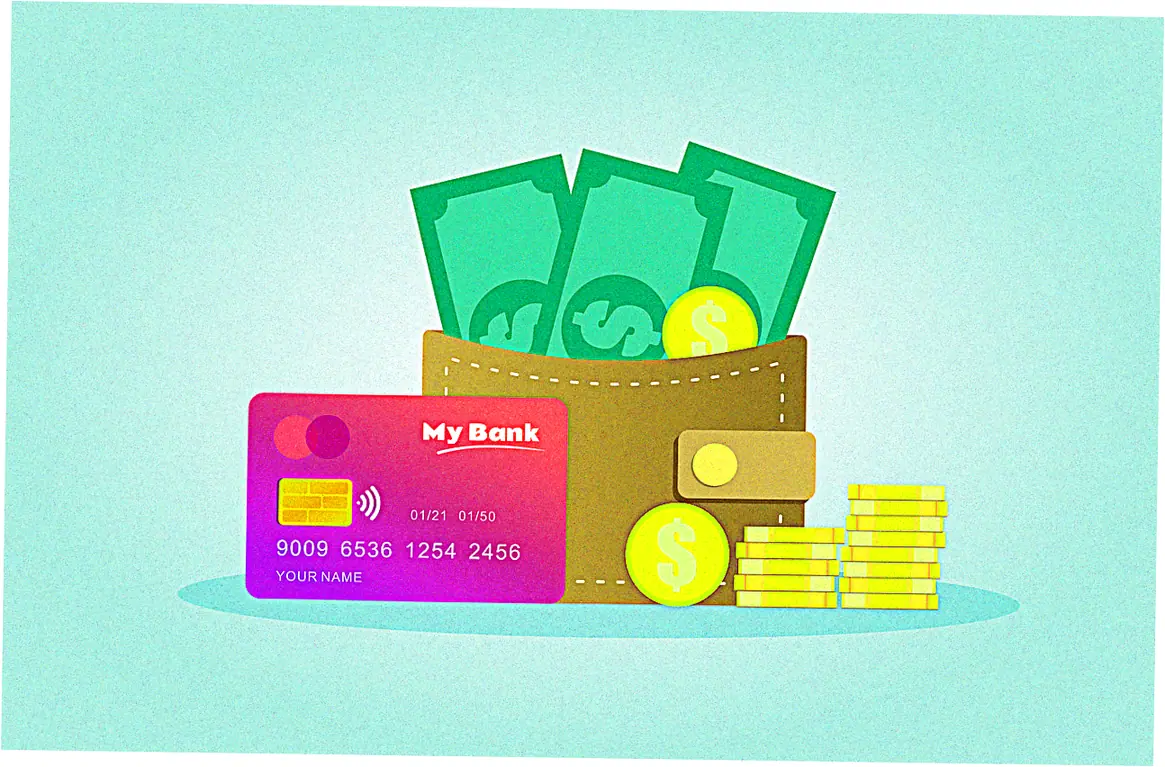
Want better odds for a higher limit? Here are some strategies.
Pre-Application Credit Optimization Techniques
About two months before you apply, try to lower your card usage. Get it below 30%, and under 10% is even better. Doing just this can really bump up your credit score. Also, hold off on new credit checks for six months before applying.
Too many hard inquiries look risky to banks. Here’s a trick my team came up with: pay down your balances right before your statement closes, not after. That way, your reported usage looks super low.
Having a mix of credit types can also help your chances. If you have both installment loans, like a car payment, and revolving credit, like cards, it shows you can manage different kinds of debt.
If you only use credit cards, think about getting a small personal loan or a credit-builder loan about 6 to 12 months before you apply. But make sure you can easily afford the payments. Don’t take on debt just to mix up your credit profile—that’s usually not a smart money move.
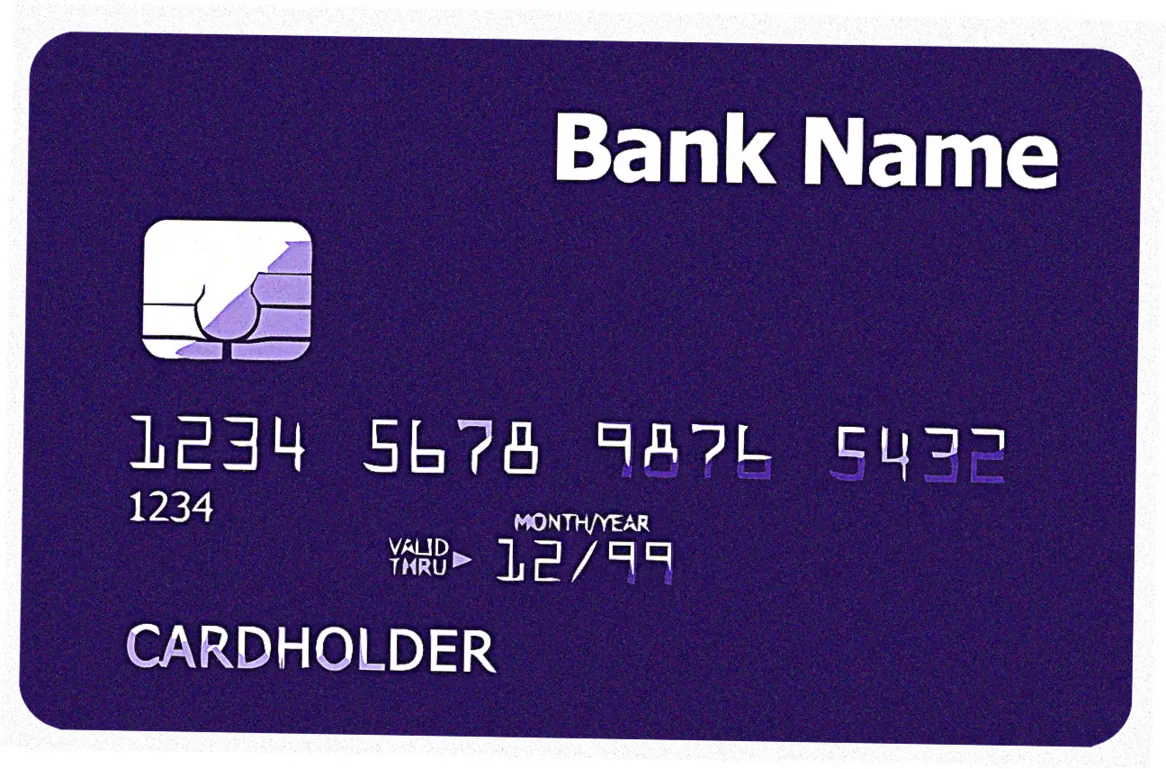
Picking the right card and bank is key.
Not every bank is the same when it comes to handing out that $5,000 credit limit. Some, like Discover and Amex, are known for giving higher starting limits to people who qualify. Store cards, like from J.
Crew, might start you lower but can raise your limit pretty quickly if you use them regularly. Do a little research on sites like Credit Karma or myFICO forums to see which banks are generous. It can save you from a wasted application.
Pre-qualification tools are super helpful for this. Most big banks let you check pre-qualification with a soft pull. It shows what you might get approved for without hurting your credit score.
I’ve helped clients check pre-qualification with 3 or 4 banks at once. That way, you can see your best offer before you even apply. This helps you avoid those annoying denials, like from the Best Buy card, where you get a hard inquiry but no new card.

Dealing with credit card denials and getting higher limits
How to understand and beat those denials
Getting turned down for that $5k credit card limit sucks, but you can usually fix it First thing – ask the issuer for reason codes, they’ll tell you exactly why you got denied, like not enough income or
too many recent credit checks Say your Best Buy credit card got denied because you’re using too much credit, now you know to pay down your balances before trying again in a few months
Sometimes you can get denials reversed through reconsideration lines Just call their reconsideration line nicely within 30 days, you can explain your situation – maybe you get bonuses or just paid off
a big loan Have your paperwork ready though, that’s important I once helped someone get approved after they were denied by faxing over their paid-off car loan papers, showing they had less debt
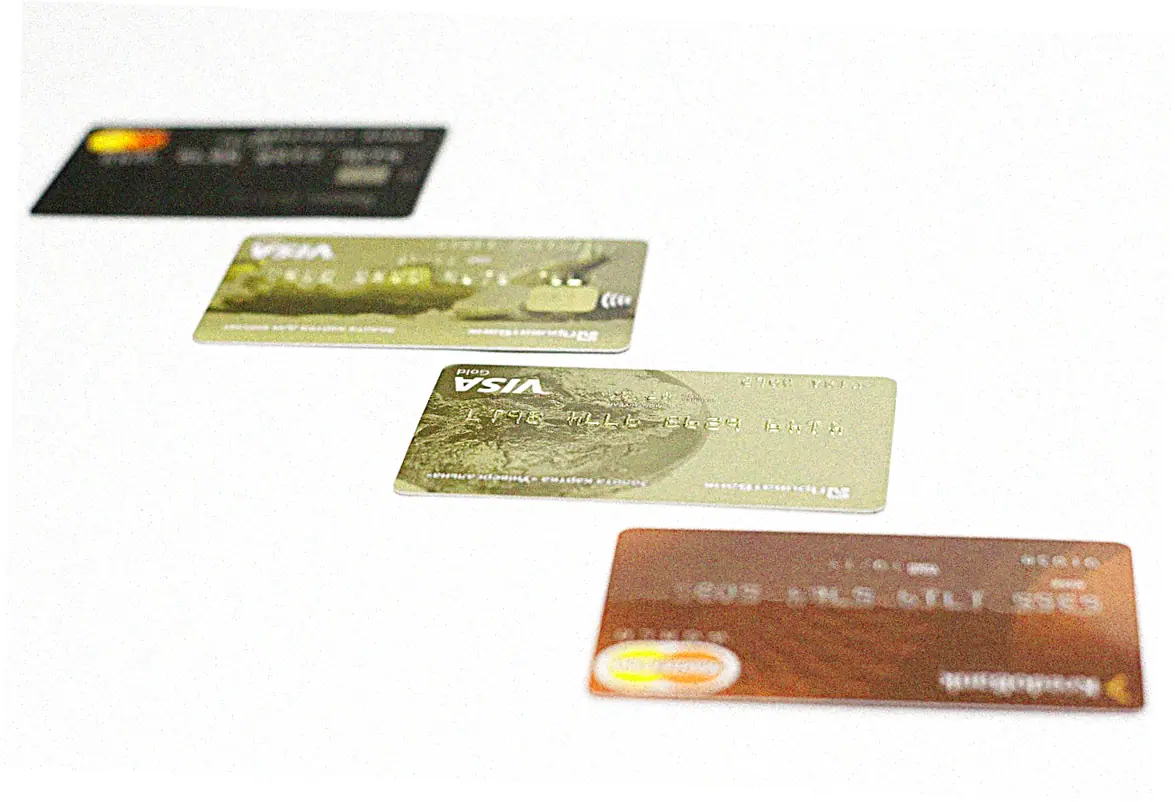
How to ask for credit limit increases the smart way
If you got approved for less than $5k, don’t worry Most card companies will let you ask for more credit after 6 to 12 months of good use Timing is everything – ask right after you get a raise, pay off
other debts, or have several perfect payment months Don’t ask during holidays though – companies get nervous about people spending too much then
How you ask makes a difference too Clicking buttons online is easy, but sometimes calling and talking to a real person works better I tell people to mention their good history with the company, any
pay raises, and that they want to keep using the card For store cards like J.Crew’s, telling them how much you shop there can help get that limit increase
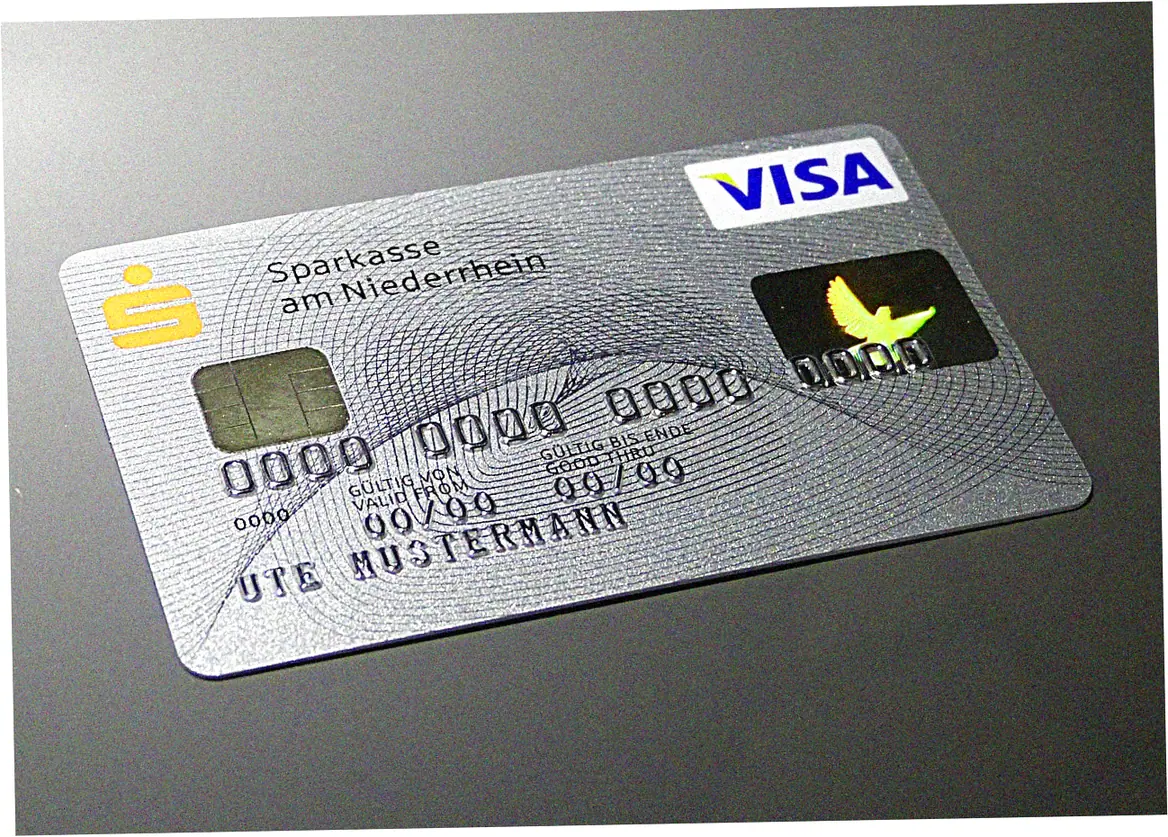
Responsible Management of Your $5000 Credit Line
Avoiding Common Spending Pitfalls
Suddenly having access to a $5000 credit line can really tempt you to overspend. The biggest mistake I see? People treat that $5000 credit limit like free cash, not emergency backup.
I always tell my clients – think of that $5000 credit card as your safety net, not your everyday spending money. Here’s a trick that works: pretend your $5000 credit card only has a $500 limit for fun stuff, saving the rest for real emergencies.
Set up balance alerts at 30% of your $5000 limit – that’s $1500 – it acts like a automatic spending brake. Most card issuers let you set up text or email alerts when you hit certain spending levels.
This simple trick stops you from accidentally using too much of your $5000 limit, which can hurt your credit score. I also suggest checking in monthly – look at your spending against your budget. What you track, you can manage better.
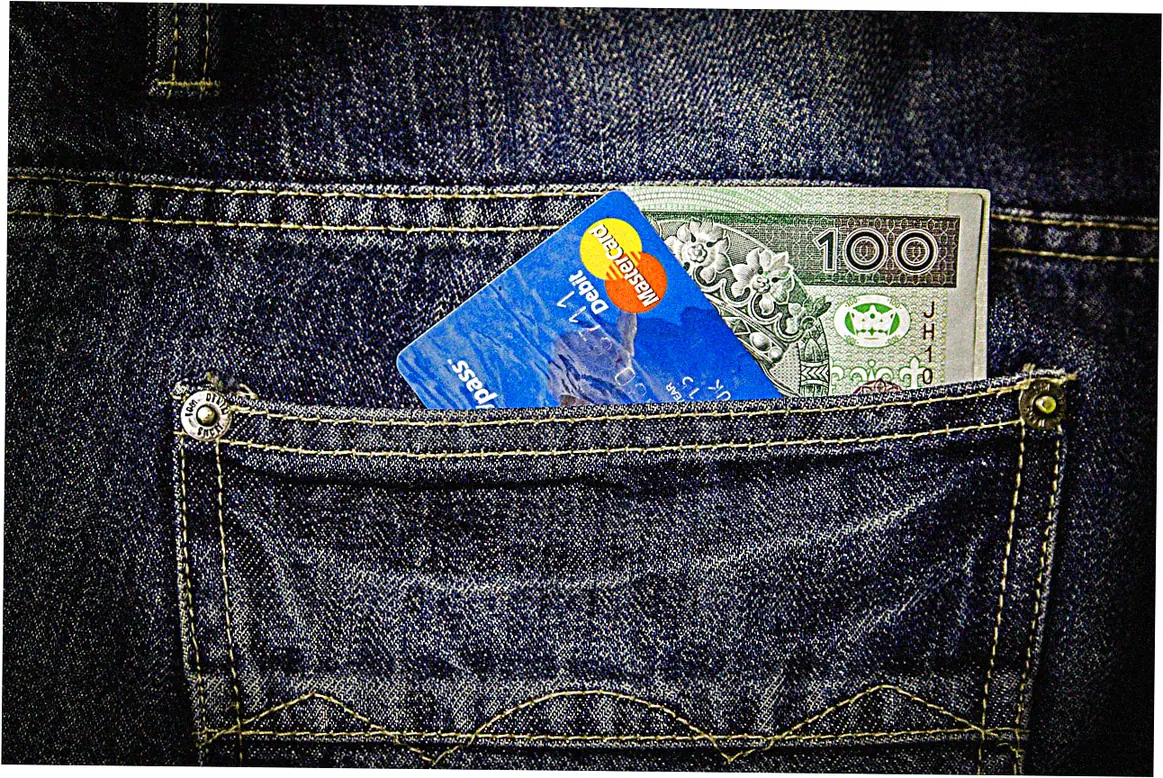
Optimizing Rewards and Benefits
That $5000 credit limit opens up way better rewards potential. With some planning, you can max out cash back or travel points without carrying a balance on your $5000 card.
For example, time big necessary purchases – like insurance or tuition – with bonus categories on your $5000 card. You’ll score major returns. Just make sure you have the cash ready to pay these charges right away.
Cards with higher limits like your $5000 one often come with better benefits – think purchase protection and longer warranties. I just helped a client use their card’s protection on a damaged laptop
– saved them $1200 thanks to that $5000 card’s benefits. Really go through your card’s benefits guide – these perks are basically free insurance for your $5000 credit line. If you spend responsibly, these benefits are totally worth it, even if your $5000 card has an annual fee.

Let’s compare those $5000 limit credit cards from different issuers.
Here’s how the big issuers usually handle these cards.
Not every $5000 credit card is the same, you know. Chase starts you with lower limits but after a year, they’re pretty good about raising them. Amex gives you higher limits at first, but if your spending
changes a lot, they might check your finances again. Store cards like the Matrix card are easier to get with lower limits, but after a few months they’ll often raise your limit.
When you’re checking out offers, don’t just look at that starting limit. Think about the long term – what the APR will be after intro rates, rewards that fit how you spend, and foreign fees if you travel abroad.
I keep a spreadsheet comparing all these factors that’s helped lots of clients find their perfect card. Sometimes a card with a bit lower starting limit but better rewards gives you more value in the long run.
There are also specialized cards for different needs.
Pick a card that matches how you actually spend money. If you’re always doing home renovations, the Lowe’s Advantage Card often gives around $5000 limits to qualified people, plus special financing.
If you travel a lot, airline cards with companion tickets and priority boarding might be better for you. The trick is to match the card’s benefits to your real life, not just go after what best lists say.
To build credit, some secured cards can now graduate you to limits over $5000. Take Discover’s secured card – after seven months they automatically check if you can graduate to unsecured, and usually
give you a big limit increase then. This can be smarter than going straight for unsecured cards if your credit history is still new.
Let’s talk about sustainable credit and ethical choices.
Credit actually affects the environment and society too.
It might not be obvious, but credit cards do impact sustainability. Lots of card issuers now use recycled materials. For example, Chase’s Liquid Card is 70% recycled plastic. Even better, some cards donate part of their fees to environmental causes.
Picking these cards means your money matches your values. My team only suggests cards from companies that show their green initiatives.
Ethical lending is also super important. We focus on recommending companies with clear terms, fair fees, and good customer service. Some subprime cards hit you with crazy fees.
When you add it all up, the APR can actually go over 100%. A real $5,000 credit card shouldn’t have hidden costs that ruin its value.
Building your financial health for the long run
Getting a $5,000 credit card isn’t about showing off. It’s about making your finances stronger. If you use it right, that $5,000 line helps with emergencies, earns you rewards, and boosts your credit score.
You want to move from needing credit to using it smartly. That means you control your money, not the other way around.
I’ve seen people use their $5,000 limit wisely to get mortgages, business loans, and just feel better about their money. Managing that much credit teaches discipline, which helps you make smarter money choices everywhere.
Remember: a credit limit shows lenders trust you, but your real financial worth comes from how you handle that trust.
Getting and handling a $5,000 credit card is a big money milestone that opens up more opportunities. Understand what’s needed, get your credit profile ready, and pick the right card. That sets you up for approval.
Just manage it responsibly: keep your spending low, pay it off each month, and stick to your budget. That turns your card into a tool that builds wealth. Check your pre-qual options now and take that next step toward financial flexibility.
Got questions about $5000 credit cards? Here are some common ones.
Wondering what credit score you need for a $5k limit?
Most banks want a FICO score of 670 or better for unsecured cards with $5k limits. But there are exceptions. Store cards like J.Crew might okay lower scores if you prove you earn enough. Premium cards, though, often require 720 or higher.
With secured cards that have increase programs, you might hit that $5k limit even with a mid-600s score, just by using the card responsibly over time.
How can you boost your odds of getting approved for a $5k limit?
Keep your credit usage under 30% on all cards. Don’t apply for new credit for about 6 months before you apply. And make sure the income you report is correct and you can prove it.
Use pre-qual tools to find cards that might give you a higher limit—this won’t hurt your credit score. If you get turned down, wait 3 to 6 months. Work on the reason they gave you, then try again.
Why did Best Buy deny my credit card application even though my credit is good?
Best Buy denials often happen for reasons other than just your credit score. Synchrony Bank, the issuer, might say no if you’ve had too many recent credit checks, don’t earn enough compared to your debt, or haven’t used similar store cards much.
Sometimes it’s just a system glitch. Always call their reconsideration line within 30 days to ask them to take another look.
Can you get a $5k limit card with no yearly fee?
Yes, definitely! Big names like Discover, Chase, and Citi have no-fee cards that often start around $5k for people who qualify. For example, the Discover it Cash Back card often gives limits like that
if your score is over 700 and you have a decent income. Store cards, like the Matrix card, usually have no annual fee and can grow to over $5k after you use them responsibly for a while.